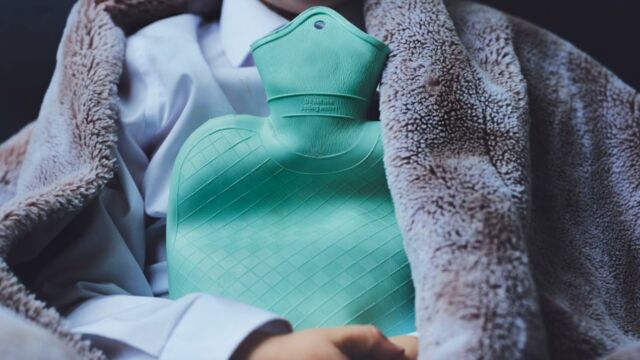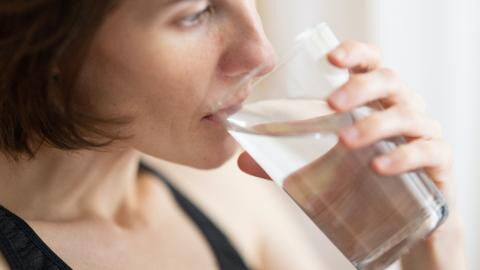With authorities having issued cold weather warning, you do need to take stock of the best ways to keep yourself and your home warm. Whether you go with an electric heater or central heating, ensure that you follow safety guidelines.
Discover our latest podcast
This is especially true for things such as electric blanket or even hot water bottle. As advised by Child Accident Prevention Trust, hot water bottles could be a potential source of injury and accident during winter if you are not following best practices.
Here's all the things you should and should not do while using a hot water bottle or bag.
How to properly fill a hot water bottle
As per Wuka, here are some things you should keep in mind while preparing your hot water bottle for use:
- First, never put boiling hot water inside your bottle. This is the quickest way to injure yourself while filling it up.
- Never fill your hot water bag completely until the top. The general guideline is to fill up two-thirds of the bottle.

- Carefully expel any excess air out of the bottle before putting the stopper on.
- Before use, ensure that the stopper is correctly screwed on the hot water bottle.
How to properly use a hot water bottle
- First of all, hot water bottles can expire, and become extremely dangerous. So do keep note of the expiry date.
- Never sit on your hot water bottle, or lie on top of it. This can easily lead to accidents.
- To avoid burns, do not keep the bottle in contact with any one area of the body for more than 20 minutes.
- Most hot water bottles are made with rubber, so do take note of it in case you have a latex allergy.
- When storing the hot water bottle after use, ensure that all the water has been drained from inside. Again, do not keep anything on top of the bottle, and ensure that the bottle is not folded down.
Read more:
⋙ Fishy smell in your home? It might be due to electrical issues
⋙ Static electricity: Why do we get static shocks and how can we avoid them?
⋙ The dangerous reason you should never drink cold water in hot weather revealed
Sources used:
Child Accident Prevention Trust: 'Hot water bottle safety: Preventing burns and scalds'
Wuka: ' HOT WATER BOTTLE CARE AND SAFETY GUIDE'














